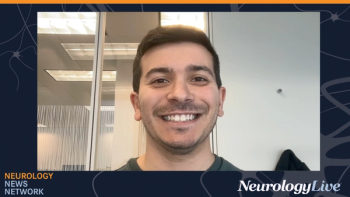
|Slideshows|February 22, 2018
Headache After Head Injury
Author(s)Veronica Hackethal, MD
Do individuals hospitalized with head injury have new headaches or exacerbations of pre-existing headaches more often than others?
Advertisement
Newsletter
Keep your finger on the pulse of neurology—subscribe to NeurologyLive for expert interviews, new data, and breakthrough treatment updates.
Advertisement
Latest CME
Advertisement
Advertisement
Trending on NeurologyLive - Clinical Neurology News and Neurology Expert Insights
1
Wnt/β-catenin in Multiple Sclerosis: A Nuanced Approach to Remyelination
2
Neurology News Network: Notable FDA Approvals From 2025
3
Assessing Antisense Oligonucleotide Apazunersen in Pediatric Angelman Syndrome: The Aspire Study
4
NeurologyLive® Year in Review 2025: Notable Trials Beginning This Year
5


























